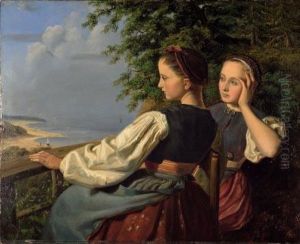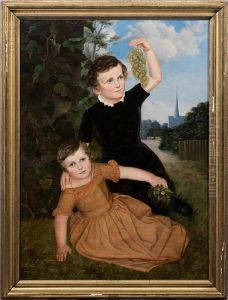Johann Caspar Coqui Paintings
Johann Caspar Coqui was a German artist known for his work as an engraver during the 18th century. Born in 1733 in Zweibrücken, a town in the Rhineland-Palatinate region of Germany, Coqui was part of a period that saw the flourishing of printmaking and the use of engravings for reproducing artwork and disseminating ideas.
Although information about his early life and training is somewhat obscure, it is known that Coqui developed his skills in the art of engraving, which involves incising a design onto a hard surface by cutting grooves into it. This technique was particularly important before the advent of photographic processes as it allowed for the mass production of images and played a crucial role in the spread of artistic and scientific knowledge.
Coqui's work would have involved the translation of paintings and other designs into prints, which could be widely distributed. He would have had to be skilled in capturing the essence and detail of the original works while also understanding the technical aspects of printmaking, including preparing the plates and working with presses. His engravings likely covered various subjects, from portraits and landscapes to illustrations of historical and mythological scenes.
Despite his contributions to the art of engraving, Johann Caspar Coqui remains a relatively obscure figure, and as with many artists of the time, his works may not have been as well-documented or preserved as those of his more famous contemporaries. He passed away in 1795, leaving behind a body of work that contributed to the rich tapestry of printmaking in Europe.
The scarcity of detailed records and surviving works makes it difficult to provide a comprehensive biography or assessment of Coqui's impact on the art world. Nevertheless, artists like him played a significant role in the cultural life of their time, and their work continues to offer insights into the aesthetics and technology of the 18th century.

